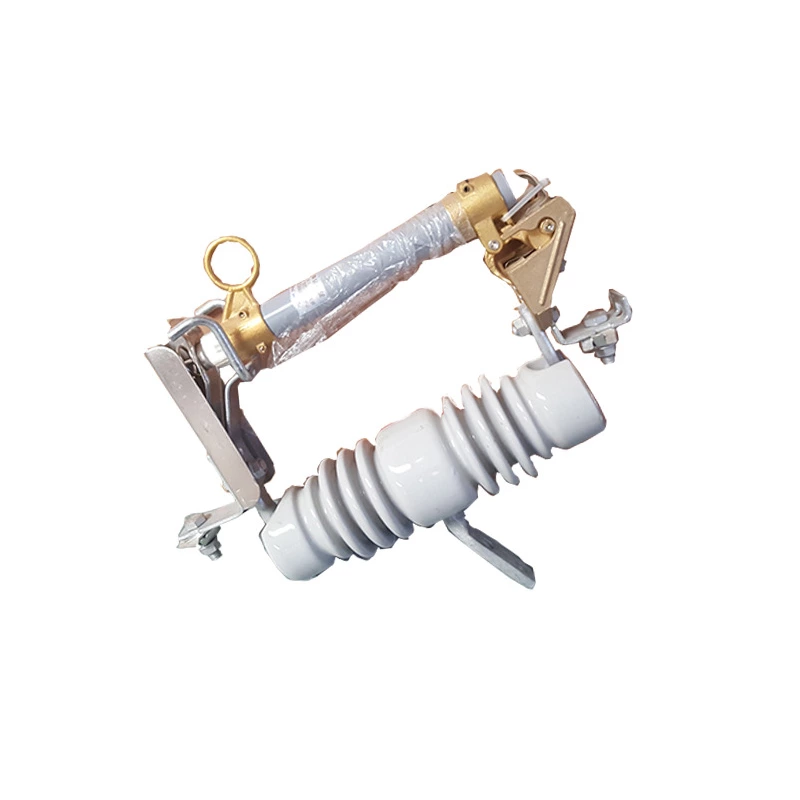Handling of burnout accidents of drop-out fuses and technical countermeasures
3、 Key repair techniques for drop out fuse
Regeneration treatment of contact surface
Cold spraying technology is used to repair ablated contacts, with a copper based coating thickness of 0.3-0.5mm and surface silver plating treatment (thickness>8 μ m) to reduce contact resistance. After repair, the contact pressure should be maintained between 50-80N.
Reconstruction of arc extinguishing capability
Adopting a gradient arc extinguishing grid design, six 2mm thick steel grid plates are arranged in the front section for arc cutting, and three layers of 0.5mm mica plates are set in the rear section to accelerate medium recovery. Cooperate with gas producing materials (melamine accounts for 12% -15%) to increase gas blowing pressure.
Adjustment of spring mechanism
The stiffness coefficient of the energy storage spring is controlled at 18-22N/mm, with a compression stroke of 35 ± 2mm. Adjust the clearance of the release mechanism to 0.5-0.8mm to ensure that the opening time is less than 20ms.
Insulation recovery strategy
When the burning depth of the porcelain melting tube is greater than 1mm, it needs to be replaced as a whole; After laser cleaning, the carbonized layer on the surface of the epoxy resin pipe is coated with 2 layers of RTV anti fouling flash coating (thickness 0.2mm), with a hydrophobicity of HC1 level.

